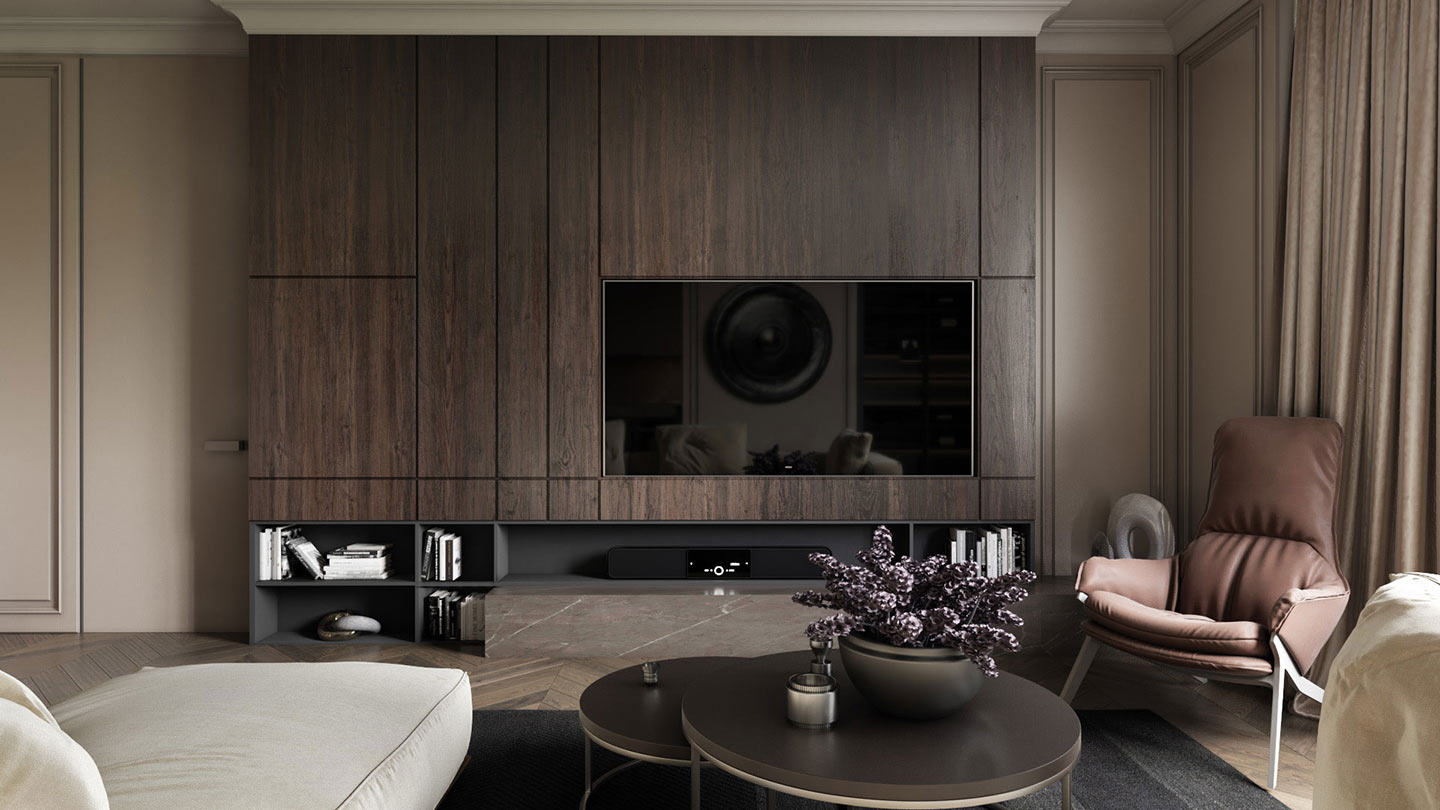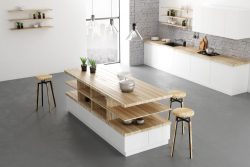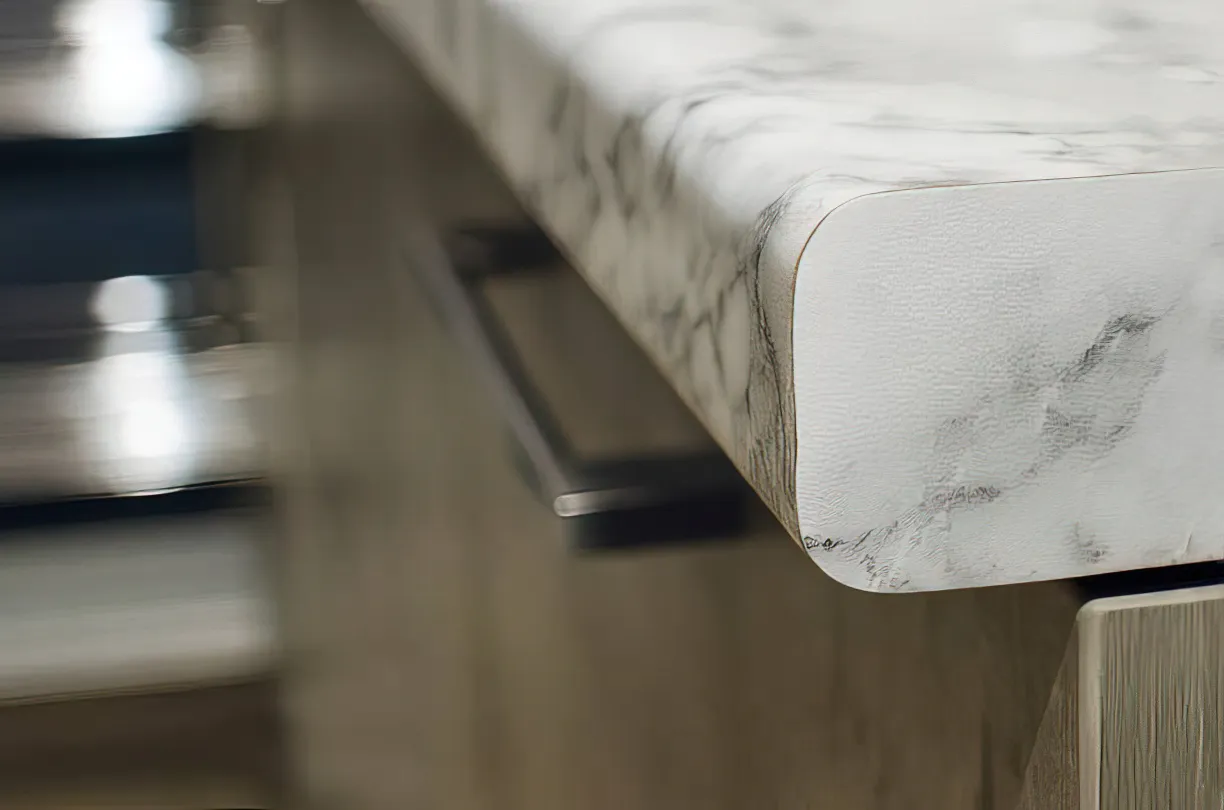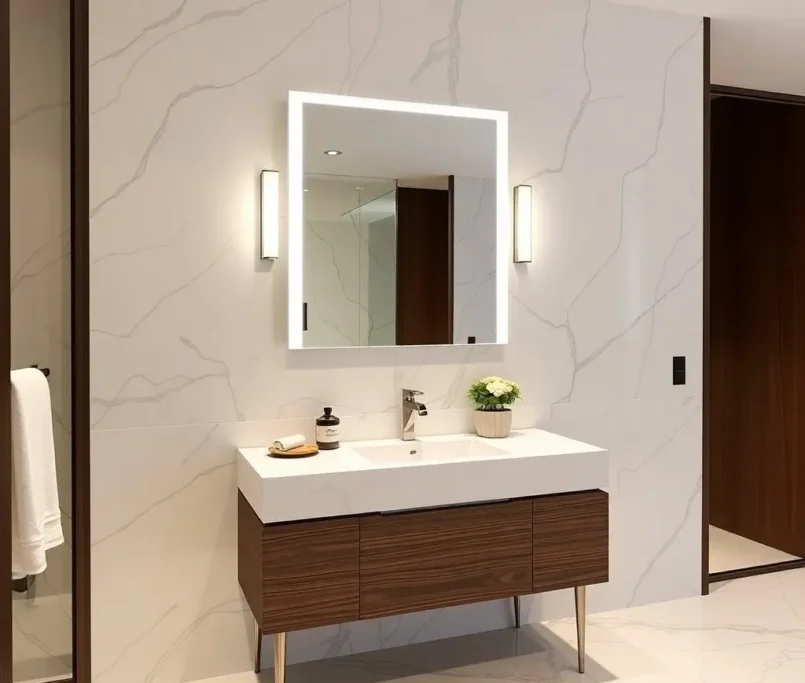Choosing the right flooring is a big decision—and tile is one of the most popular options for good reason. It’s stylish, durable, and easy to maintain. But when it comes to porcelain vs. ceramic tile, the differences can be subtle yet important. At Guilin Cabinets, we’re here to help you understand what sets these two materials apart so you can find the best fit for your home’s design and everyday needs. Let’s explore which tile type works best for your space.

About Tile Materials
The materials used in tile manufacturing play a significant role in defining their performance, durability, and aesthetic appeal. When selecting flooring or backsplash options for your home, it is necessary to understand the composition and characteristics of both porcelain and ceramic tiles. Each type of tile has unique properties that make them suitable for different applications, so being informed can aid you in making the best choice for your specific needs.
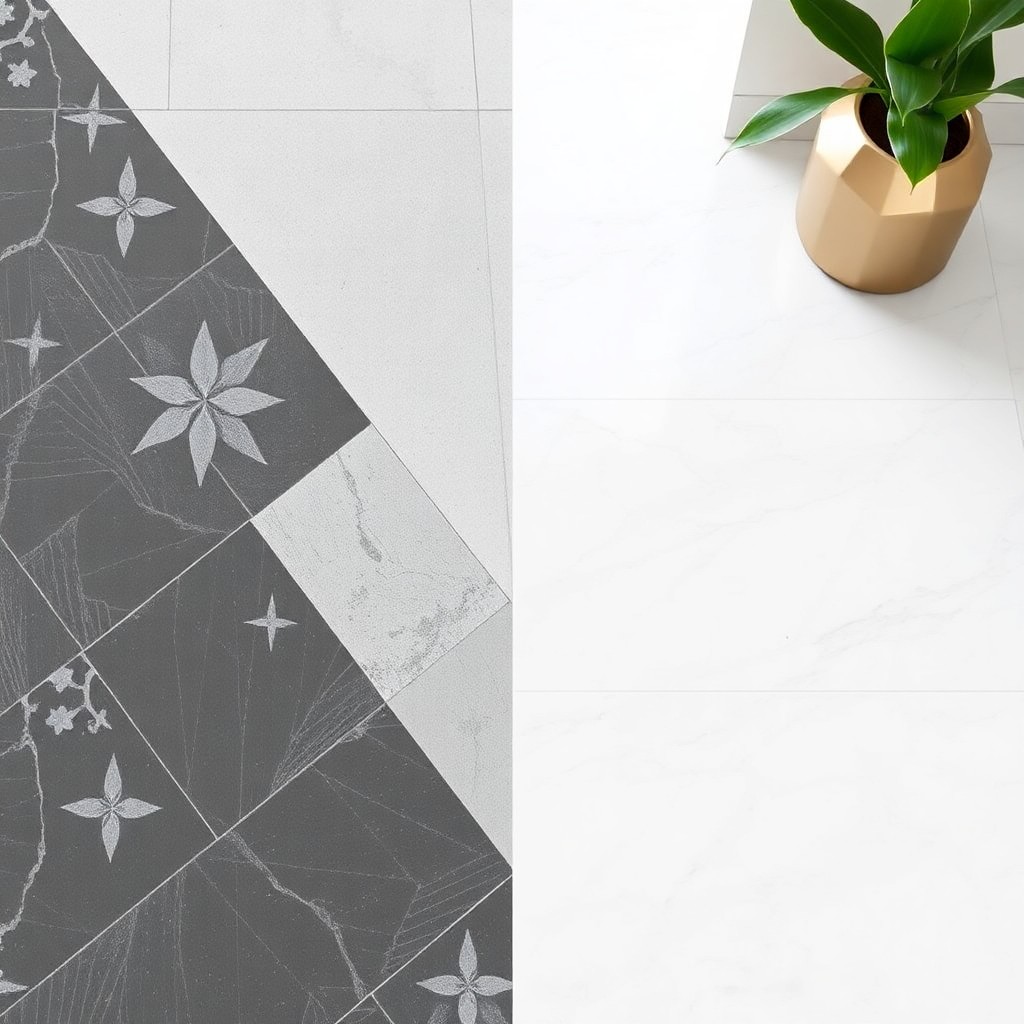
Composition of Porcelain Tiles
Along with its robust design, porcelain tiles are crafted from a refined clay mixture that includes feldspar and kaolin, making them denser and less porous than ceramic tiles. This unique composition enables porcelain tiles to have a lower water absorption rate, at less than 0.5% for impervious tiles. The firing process at high temperatures further enhances their durability and resistance to stains, moisture, and heavy foot traffic, rendering them a favored option for both residential and commercial spaces.
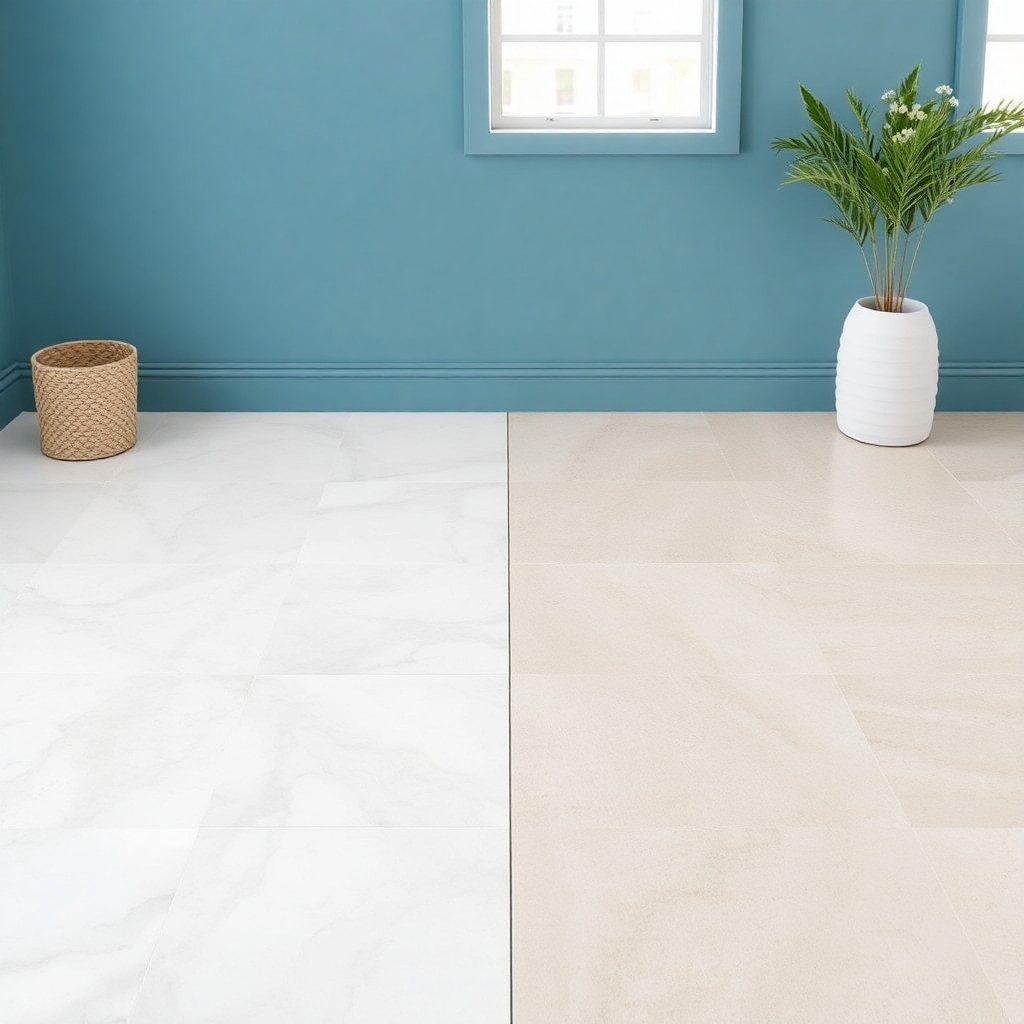
Additionally, porcelain tiles can be manufactured to mimic the look of natural stone, providing you with versatile design options. Their ability to withstand extreme temperatures without cracking makes them particularly suitable for a wide range of environments, from kitchens to outdoor patios.
Composition of Ceramic Tiles
Along with being a popular choice for various applications, ceramic tiles are produced from a mixture of clay, sand, and water, which is then shaped and fired at lower temperatures compared to porcelain tiles. This process allows for a wider range of colors and finishes, with options for both glazed and unglazed surfaces. While ceramic tiles boast a high resistance to water and moisture, their water absorption rate generally falls between 3% to 7%, making them perfectly appropriate for indoor spaces like kitchens and bathrooms when properly sealed.
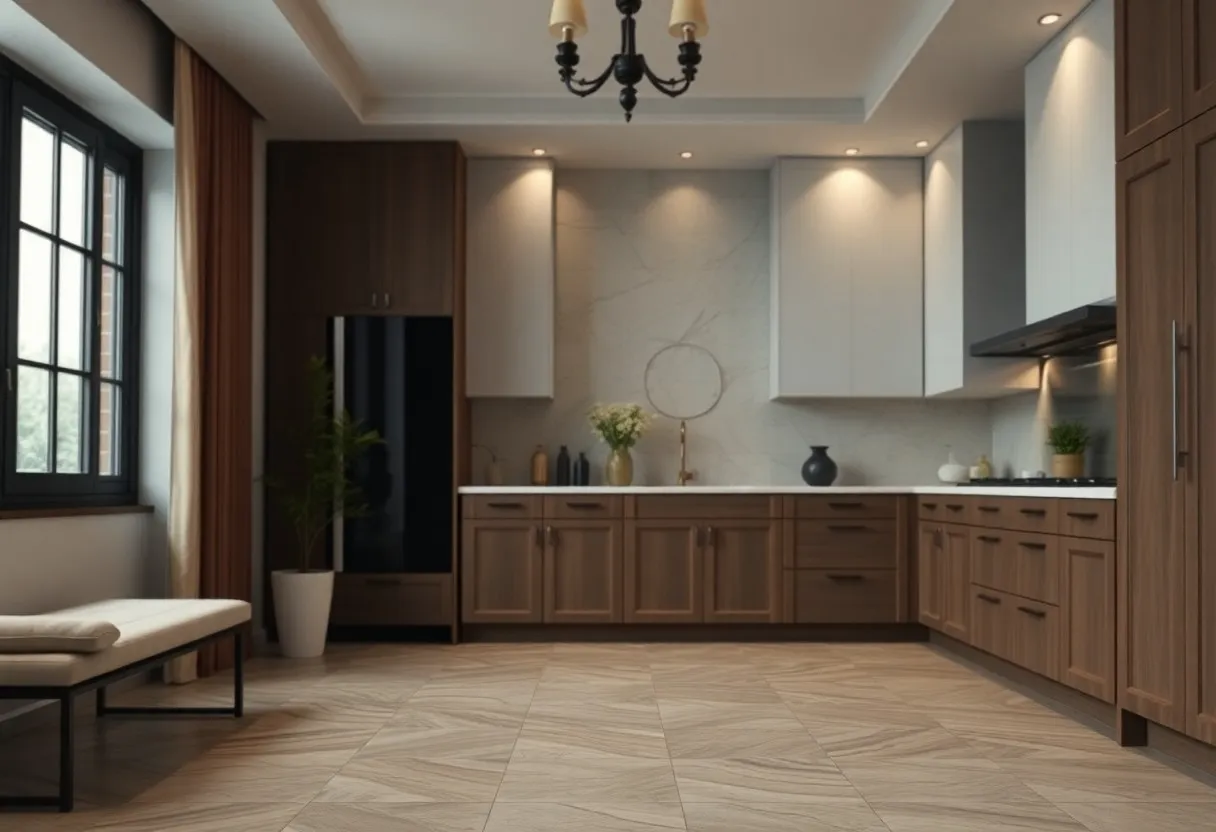
Another notable aspect of ceramic tiles is their affordability; they offer a cost-effective solution without sacrificing quality or design. Their glazed surface not only enhances their aesthetic appeal but also provides added protection against stains and damage, making them easy to maintain.
Differences Between Porcelain and Ceramic
With both porcelain and ceramic tiles offering excellent water resistance and durability, the primary differences lie in their composition, density, and performance. Porcelain tiles are denser and heavier due to the finer clays used and the higher firing temperature, making them more water-resistant and better suited for outdoor use or in high-moisture areas. Conversely, ceramic tiles, while still durable and versatile, are generally lighter and might require more stringent maintenance regarding water absorption, especially in unglazed varieties.
Quick Summary:
| Feature | Ceramic | Porcelain |
|---|---|---|
| Clay Type | Natural | Refined (includes kaolin) |
| Firing Temp | Lower | Higher |
| Durability | Moderate | High |
| Water Resistance | Lower | Very High |
| Appearance | Glazed surface | Through-body or glazed |
| Cost | Cheaper | More expensive |
| Installation | Easier | Requires special tools |
1. Composition and Firing Temperature
- Ceramic: Made from natural clay, fired at a lower temperature (around 1,000°C). It’s more porous and less dense.
- Porcelain: Made from refined clay and often includes kaolin. Fired at a higher temperature (up to 1,400°C), making it denser and less porous.
2. Durability
- Ceramic: Softer, more prone to chipping or cracking. Better for low-traffic areas or decorative use.
- Porcelain: Harder and more durable, suitable for high-traffic floors, bathrooms, or even outdoor use.
3. Water Absorption
- Ceramic: Absorbs more water due to higher porosity — less ideal for wet or humid areas.
- Porcelain: Almost waterproof, making it a top choice for bathrooms, kitchens, and outdoor use.
4. Appearance
- Ceramic: Often has a glazed surface that can show intricate patterns but may wear off over time.
- Porcelain: More consistent throughout; glazed or unglazed, and can mimic stone or wood more realistically.
5. Cost and Installation
- Ceramic: Usually less expensive and easier to cut and install.
- Porcelain: Typically more expensive and harder to cut, requiring special tools.
At the end of the day, the choice between porcelain and ceramic tiles comes down to your specific requirements and the environment in which you plan to install them. Assess the levels of foot traffic and moisture exposure your tiles will face, as this will significantly influence their longevity and performance in your space.
Final Words
Considering all points, choosing between porcelain and ceramic tile comes down to assessing your specific needs and the environment where the tile will be installed. You’ll want to evaluate factors such as durability, water absorption, appearance, and cost to determine which material aligns best with your home’s design and daily demands. Porcelain tiles offer enhanced resistance to moisture and wear, making them ideal for high-traffic or outdoor areas, while ceramic tiles provide a versatile and budget-friendly option suited for many indoor spaces.
By understanding these differences, you can confidently select the tile that complements your lifestyle and aesthetic preferences. Guilin Cabinets is here to help guide you through this decision, ensuring you find the perfect flooring solution that enhances both the beauty and functionality of your home.
FAQs Porcelain vs. Ceramic Tile: Choosing the Best Flooring
What are the main differences in composition between porcelain and ceramic tiles?
Porcelain tiles are made from a refined clay mixture that includes feldspar and kaolin, making them denser and less porous. They are fired at higher temperatures, which enhances their durability and water resistance. Ceramic tiles, on the other hand, are produced from a mixture of clay, sand, and water, and are fired at lower temperatures. They are more porous than porcelain but offer a wider range of colors and finishes.
Which tile type is better suited for outdoor installations?
Porcelain tiles are typically better suited for outdoor use due to their higher density and lower water absorption rate (less than 0.5%). Their ability to withstand extreme temperatures and moisture without cracking makes them ideal for patios and other exterior spaces. Ceramic tiles are generally recommended for indoor use.
How does the water absorption rate affect the choice between porcelain and ceramic tiles?
Porcelain tiles have a very low water absorption rate under 0.5%, which makes them highly resistant to moisture and staining. Ceramic tiles have a higher water absorption rate, usually between 3% and 7%, so they need to be properly sealed to prevent moisture damage, especially in humid areas like kitchens and bathrooms.
Can porcelain and ceramic tiles mimic natural materials, such as stone or wood?
Yes, porcelain tiles are often manufactured to closely mimic the appearance of natural materials like stone or wood, providing versatile design options with added durability. Ceramic tiles also offer a wide variety of colors and finishes, but porcelain tends to better replicate natural textures due to its denser composition and advanced manufacturing techniques.
What are the cost differences between porcelain and ceramic tile installation?
Ceramic tiles generally come at a lower cost both in terms of material and installation compared to porcelain. Porcelain tiles are denser and heavier, which can require specialized labor and tools, leading to higher installation expenses. However, porcelain’s longer lifespan and durability can provide better value over time.
How do porcelain and ceramic tiles compare in maintenance and durability?
Porcelain tiles are more durable and resistant to stains, scratches, and moisture due to their density and firing process. This makes them easier to maintain and more suitable for high-traffic or moisture-prone areas. Ceramic tiles are still durable but may require more careful maintenance, especially if unglazed, to prevent water damage and surface wear.
Which tile type is more environmentally friendly or sustainable?
Both porcelain and ceramic tiles are made from natural clay materials and are generally considered environmentally friendly. However, since porcelain tiles require higher firing temperatures, they can have a larger energy footprint. Choosing local manufacturers or tiles made with recycled materials can enhance sustainability for either option.






